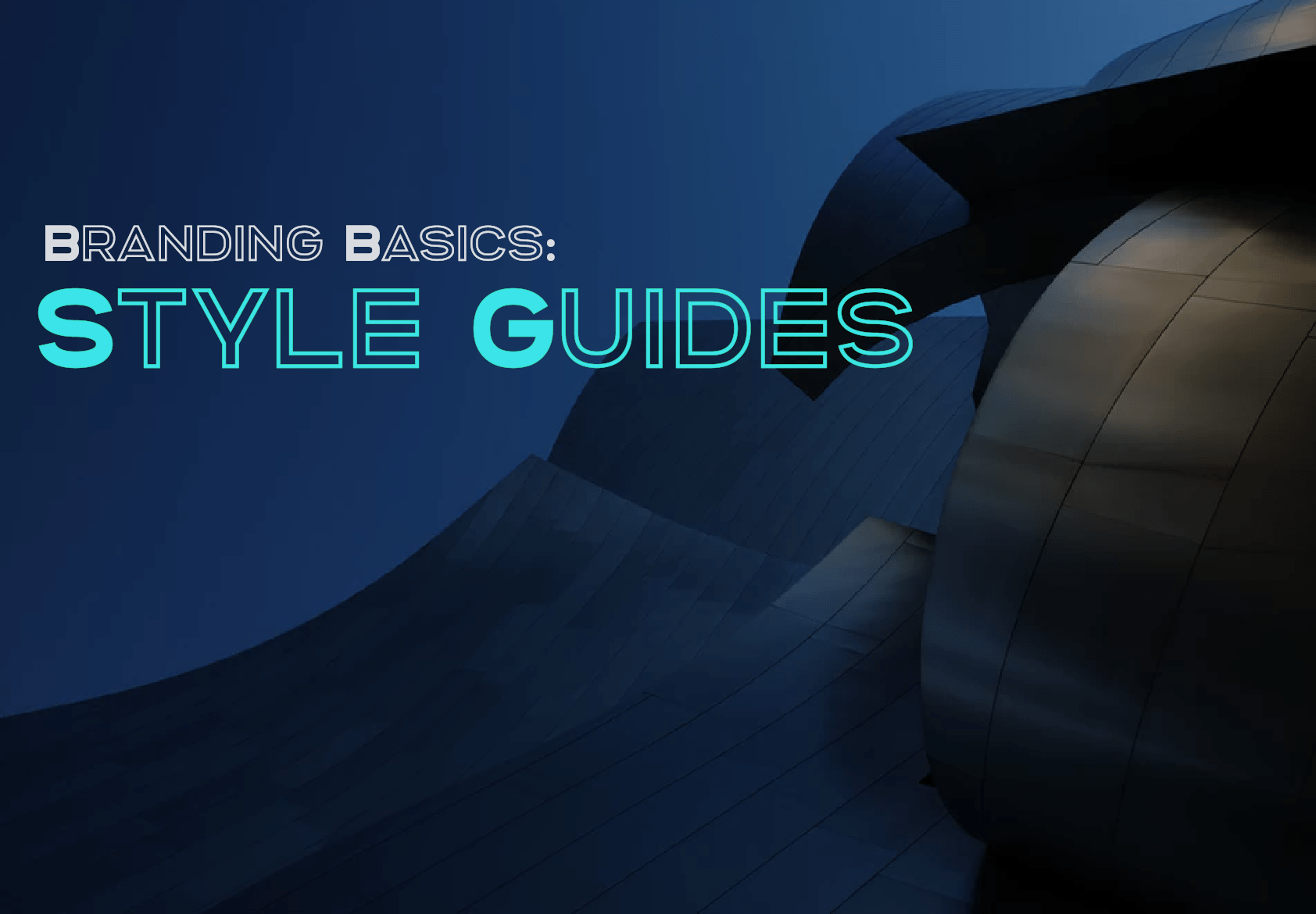An effective brand style guide has 7 components:
- Brand Strategy: Proposition, Vision, Mission, Purpose, Values, Customers
- Logo: Master Logo, Logo Misuse
- Colors: Brand Colors, Hero Color, Secondary Color
- Typography: Typeface, Typeface Weights, Use of Type
- Imagery: Photography
- Stationary: Letterhead, Business Cards, Envelopes, Email Signature
- Social Media: Instagram, Facebook, YouTube
Brand Strategy
Your brand strategy gives meaning to who your company is,the identity that you are looking to encompass, and the primary goals that you wish to achieve. This includes your company’s
- Proposition: who we are
- Vision: what we want to achieve
- Mission: how we are going to do it
- Purpose: why we are going to do it
- Values: what we believe in
- Customers: who we are going to serve
Logo
Whether you design your logo or work with a graphic designer,your logo brings your brand’s identity to life. Most brands have, at minimum,two versions of their logo: a wordmark and a brandmark. A wordmark includes your company’s full name (think Google or Subway) or a brandmark (Twitter’s bird or Nike’s check mark). Your style guide should include the proper and improper use of your logo. Misuse includes changing the color, adding shadow,or altering the proportions. These are all big no-no’s.
Colors
Each brand has a distinct shade of color used throughout all of their collateral. Coca Cola’s red and McDonald’s yellow are some of the most identifiable brand colors out there. Brand colors can be defined in three different formats:
- Hexadecimal code: #FF5733
- RGB value: R:255, G:87, B:51
- CMYK value: C:0, M:66, Y:100, K:0
Each color can be identified by any of these codes. We recommend up to 2 primary colors and up to 3 accent colors to be included within your style guide.
Typography
It’s all about that typeface. Consider the weights within a particular font family, the variety in usages and possibly combinations between serif and sans serif typefaces. For example, you may want to use Roboto as your typeface but Roboto does come in 12 different weights. Your style guide should include the typeface (and weight) that should be used for:
- Headlines
- Captions and small bodies of text
- Body copy and subheadings
Imagery
Each brand comes to life through imagery. Your brand’s photography style should capture real life moments and offer a glimpse into your company’s product/service, culture, and mission. Consider various size photos for banners, advertisements, social media and reports. Photos should highlight who you are as a brand and what you are seeking to accomplish.
Stationary
Stationary may be considered old school to some, but at minimum, at brands should have business cards that feature their brand’s logo, colors, and typography. Depending on industry, business cards are usually considered the staple when networking and meeting other executives or vendors. Supplemental stationary pieces including letterhead for invoices and reports, envelopes for sending, and PowerPoint templates for presentations. Make sure your email signature matches your branding stylebook as well with your logo, color, typography to match.
Social Media
Russel Brunson, author of DotCom Secrets, highlights in his book the power of clicks – and that all clicks are not created equal. Whether you rely on social media (and its click-through rate) or not, social media has become the standard in branding. Start a social media platform only if you can maintain it. Instagram, Facebook, Twitter and Facebook have become the most popular throughout the years but they vary based on your product/service and industry. When you do open up your social media account, make sure your branding style guide is followed. The essence of your brand should carry through in the content promoted throughout as well.
Are you rethinking your brand strategy? Get in touch with the Longview Team!




